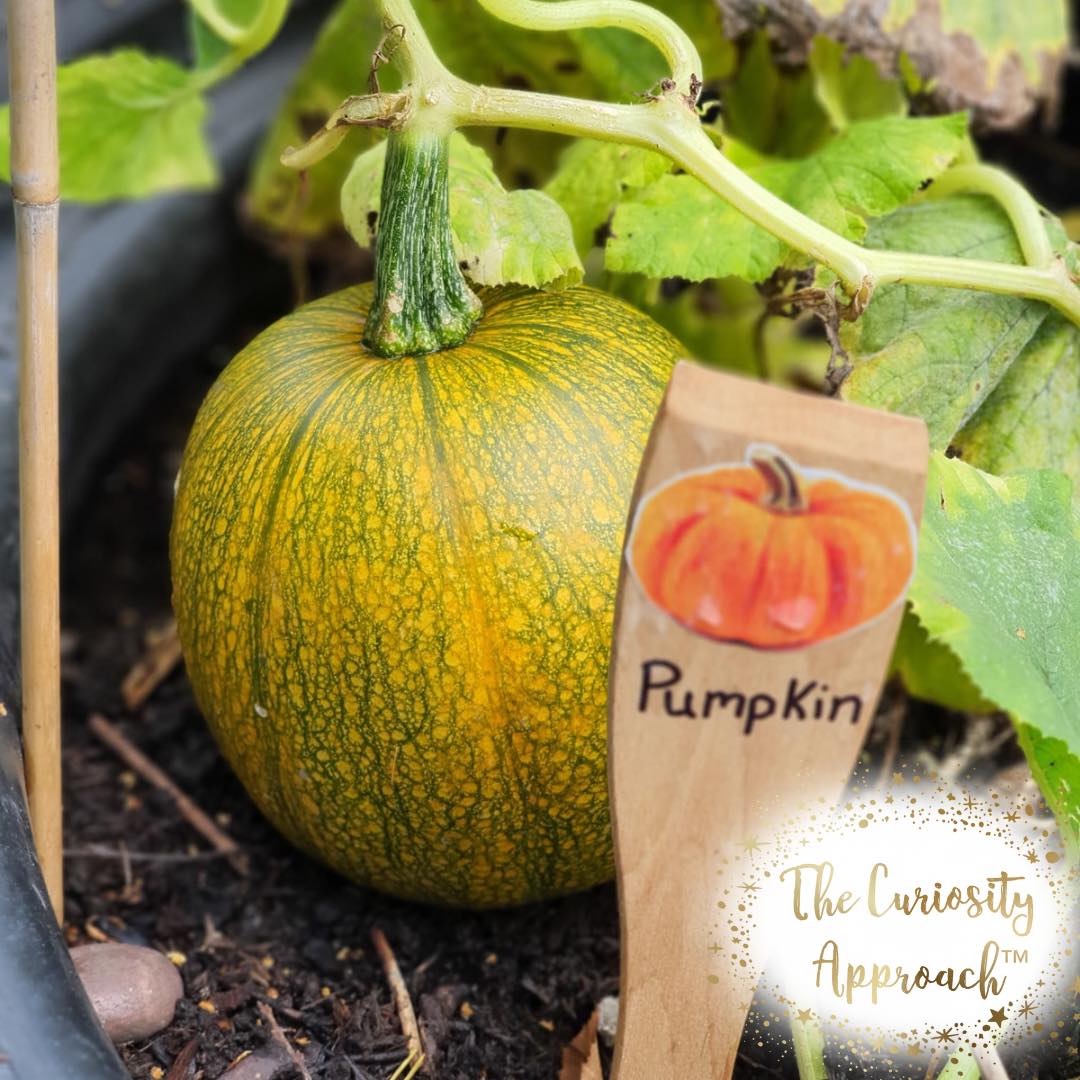Pumpkin seeds
Autumn
What did you do with last years pumpkin seeds ? What happened when you scooped out all those pumpkins as a sensory experience ? Did you dump all the flesh and pulp into the bin, or did you help children understand nature.
Eco literacy. https://www.teachearlyyears.com/.../how-to-create-an-eco...
Seeing the potential and learning experience ? It’s about the process from beginning to end, connection to nature and understanding where our food comes from. We are the teachers the guides, the researchers with children. Let’s explore investigate and discover Mother Nature and find the wondrous gifts on offer. So this year why not give it a go ? Remember when emptying out pumpkins it’s an important task to rescue the pumpkin seeds
Step by Step...
* Clean off the pulp.
* Rescue those seeds
* Rinse the seeds with cold water.
* Use one of your colanders for this job
* Now talk about size with children and look for the biggest seeds.
* These may be your best growers
*Space out the seeds on a paper towel, so they can air-dry.
* Make sure they are completely dry before storing
*Store the seeds in an envelope and place them in a cool dry place. If you have room pop the envelope in your fridge.
*May / Early July is planting time
* Plant straight into the ground
* Wait
* Watch
* wonder Credit on how to save seeds https://www.realsimple.com/.../how-to-plant-pumpkin-seeds
What a great experience for children. How wonderful to discuss, talk and imagine how these seeds will grow, how incredible to then watch as the pumpkin plants start to flourish, flower and grow. At our nurseries we love making pumpkin soup or pumpkin bread.
Learning isn’t just a planned activity at a table top, it’s an experience from beginning to end. A time of discovery and nature is our guide I'd say the first thing you need is … a pumpkin.” —Cinderella



